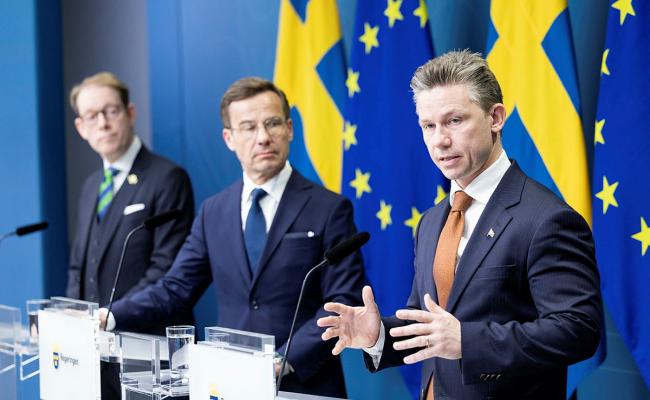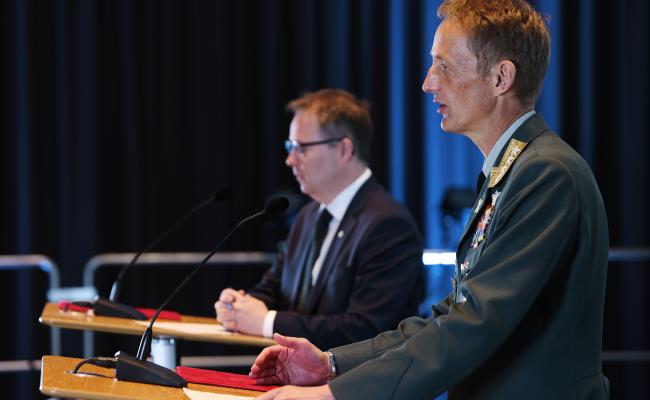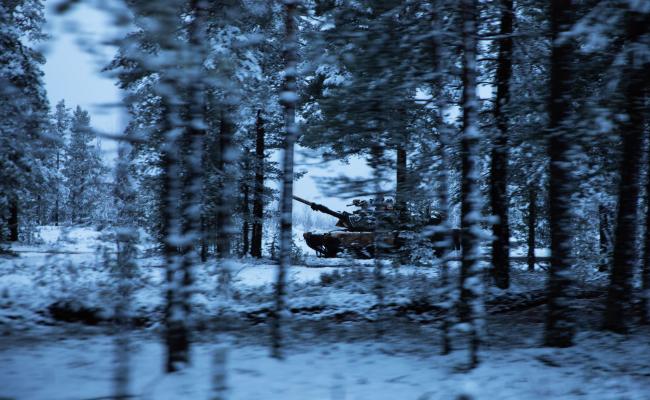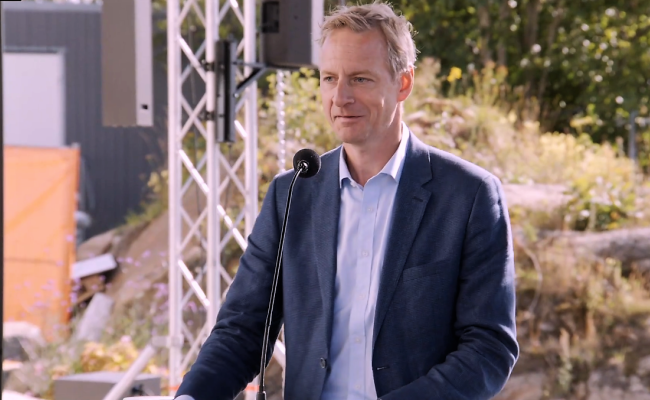Ambitious Vision for Nordic Defence Cooperation in the Works
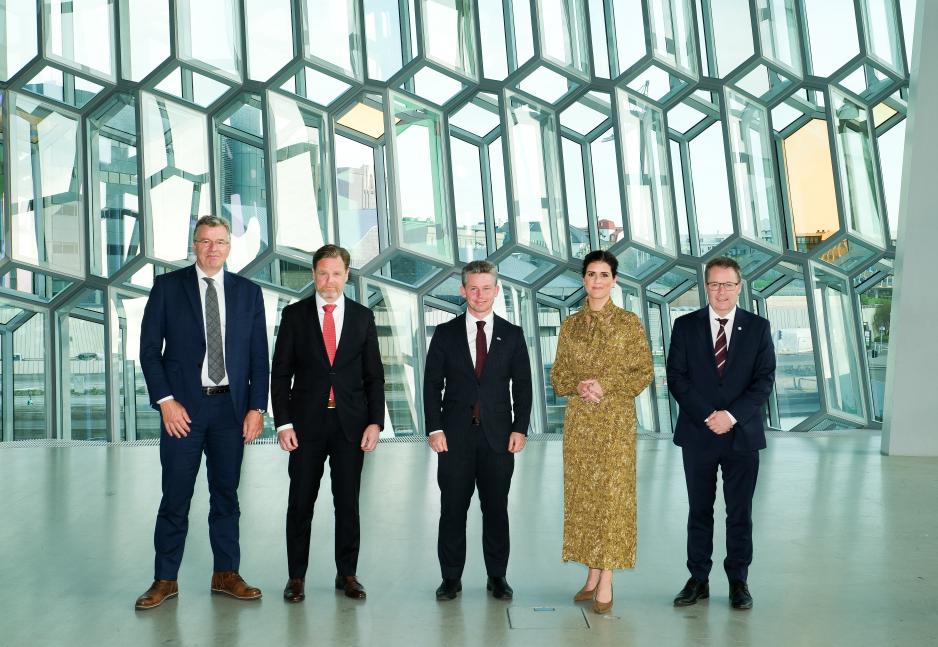
Last week, Thórdís Kolbrún Reykjfjörd Gylfadóttir, Iceland's MFA with defense policy responsibility, hosted a NORDEFCO meeting on behalf of the Swedish chairship. Beside her are Sweden's MoD Pål Jonson (center) and Norway's MoD Bjørn Arild Gram (to the right). On the far left are high-ranking representatives of Denmark's and Finland's Ministries of Defense, Kasper Høeg-Jensen and Janne Kujusela, respectively. (Photo: Iceland's Ministry of Defense)
With a view to all the Nordic countries in NATO, a new and updated future vision for the region’s defense cooperation is now being developed. At the same time, the outline of a new Nordic defense concept is being drawn up at a military level.
Last week, Nordic MoDs and defense policy representatives met in Reykjavik within the Nordic Defense Cooperation format (NORDEFCO).
Central topics were the future of the region's defense cooperation and NATO-related questions as the alliances' summit in Vilnius is approaching.
"The Nordic countries have built trust and confidentiality with each other through long-standing cooperation which is based on shared values and security interests. We are now preparing to further deepen the defense policy cooperation with a new vision. NORDEFCO is a supplement which strengthens NATO," says Sweden's Minister for Defense Pål Jonson (Moderates).
Increasingly important interaction
With the prospect that all five Nordic countries will become allies, the decision to develop a new NORDEFCO vision was taken last spring – and highlighted at the last defense ministerial meeting in November.
The work on the vision is led by Sweden as this year's chair of the cooperation format – and the new future guidelines will apply when the Swedes join NATO.
"In light of the worsened security situation in our neighborhood, Nordic defense cooperation is increasingly more important. When all the Nordic countries are members of NATO, the Nordic defense cooperation can be fully utilized to benefit the alliance. It is therefore important that Sweden joins the alliance as soon as possible," emphasizes the Nordic MoDs in a joint statement from the meeting.
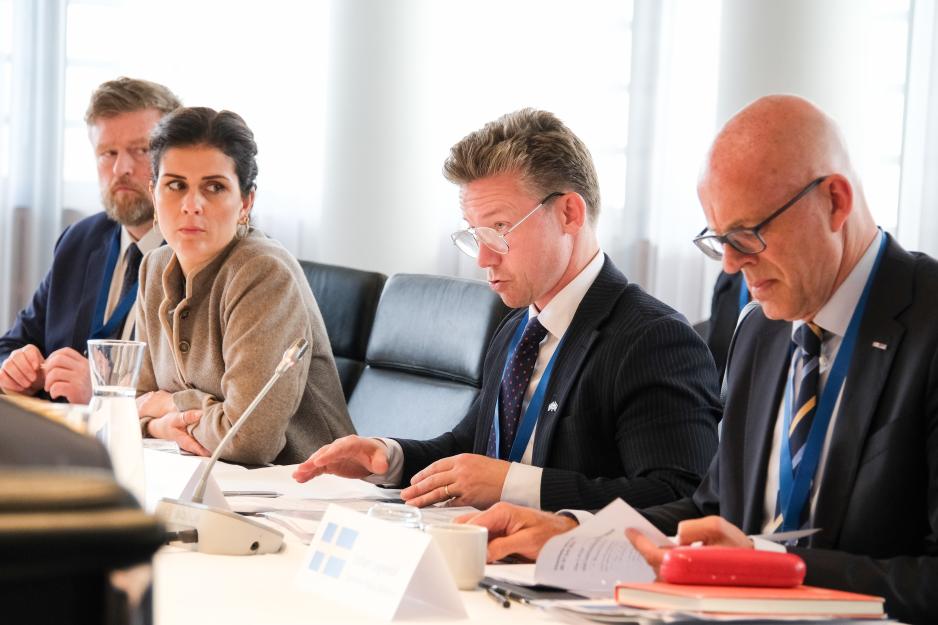
"When Sweden joins NATO, the alliance is strengthened, and the Nordic defense cooperation can be deepened," says the Swedish MoD Pål Jonson. He led the meeting in Iceland by virtue of this year's Swedish chairship of NORDEFCO. (Photo: Iceland's Ministry of Defense)
Implies big ideas
The ministers have also discussed what they refer to as the unstable security situation in Europe and the consequences of Russia's full-scale warfare against Ukraine, as well as the support for Ukrainians.
The new vision will reflect the new strategic reality of war in Europe and the Nordic NATO expansion.
"Vision 2030 aims for an ambitious plan for cooperation in the coming years and will lead our work for strengthening deterrence and defense in the Nordic region and the Euro-Atlantic area," continues the Nordic MoDs.
In connection with this future vision, a new Nordic defense concept is also being outlined at a military level. The concept is to guide closer military collaboration – and in such a way that it complements the collective European and transatlantic defense.
In the fall, the Norwegian, Finnish, Swedish, and Danish chiefs of defense gave a few hints of their (first) joint advice for the respective governments on how the countries can coordinate their defenses as the Finns and Swedes join NATO. They made it known that reception of allied reinforcement would be emphasized, with the port of Narvik in Northern Norway as a central reception port, i.a.
We should strengthen the surveillance of the region.
Immersive field
"The new vision will, when it is ready, open up for a deepened defense cooperation, for example, by strengthening the ability to conduct joint operations, host country support, logistics support, as well as support from the civil defense," clarifies Sweden's Ministry of Defense.
The ability for operational cooperation in the Nordic region is important, emphasizes Troels Lund Poulsen (Left), Denmark's Acting MoD.
"We should strengthen the region's surveillance and look at how our military systems and units can better operate together. This way, the Nordic countries can be responsible for a large area. This will also benefit NATO and the security of Northern Europe," continues Poulsen.
Danish "change" of pace
At the end of May, the Danish government presented a suggestion for a defense agreement in the parliament, Folketinget, with a stronger focus on the Arctic, including the Danish Realm with Greenland and the Faroe Islands.
In regard to Nordic operational interaction, Denmark has apparently had a more withdrawn position in recent years – while Norwegian/Finnish/Swedish cooperation has significantly increased.
Now, there may be a Danish change of pace: A new foreign policy strategy (also launched in May) emphasizes that Denmark is to have a central place in developing the Nordic defense cooperation.
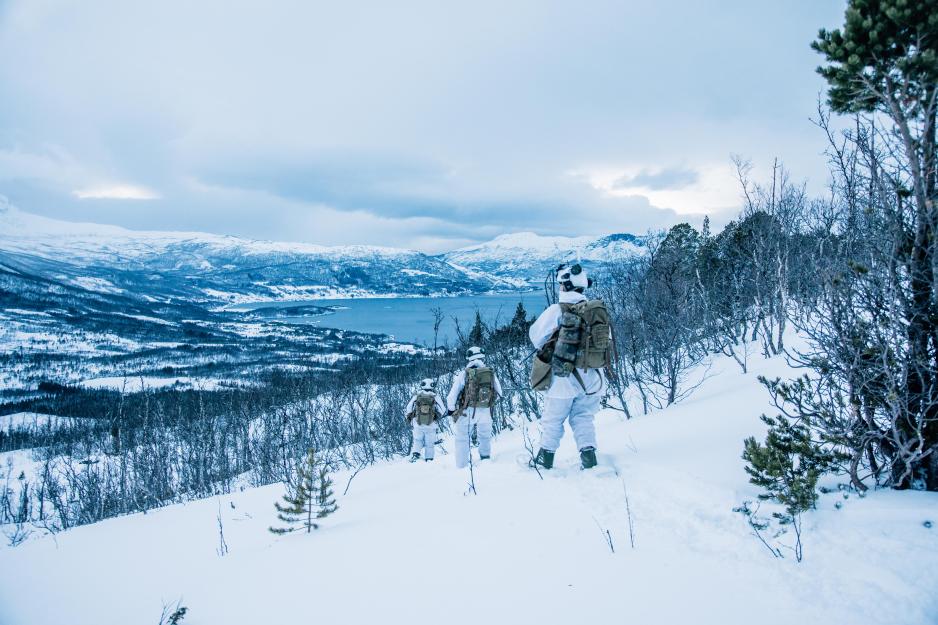
Norway, Finland, and Sweden's land forces train together regularly. In March, Finnish and Swedish army soldiers participated in the Norwegian-led exercise Joint Viking 2023 with several NATO countries. Primarily, it took place in Troms, Northern Norway, emphasizing the land domain. Denmark participated in the exercises' maritime addition, Joint Warrior, led by the UK. (Illustration photo from the exercise: Helene Sofie Thorkildsen / the Norwegian Armed Forces)
The Nordic framework
The defense cooperation between Sweden, Finland, Norway, Denmark, and Iceland was entered into in 2009 and boosted in the wake of Russia's annexation of Crimea in 2014.
NORDEFCO's overall goal is to strengthen the countries' national defenses, explore opportunities for positive synergies, and facilitate cost-effective joint solutions.
This cooperation has contributed to strengthening the capacity of the individual countries and the community within training and exercises, international operations, and material procurement, emphasizes the Swedish Ministry of Defense.
An example of a joint exercise is the recently conducted Arctic Challenge Exercise 2023 air exercise. This is organized bi-annually by Norway, Finland, and Sweden within the NORDEFCO framework – with Denmark and several other NATO countries participating.
In March, the Air Force chiefs of Norway, Finland, Sweden, and Denmark signed a letter of intent to form the basis for developing a joint Nordic air force.
Nordic Response 2024
Last year, Norway also initiated the expansion of the Norwegian-led exercise series Cold Response to a Nordic format – Nordic Response – with the first implementation in 2024.
"This will be an important step forward in practicing our shared defense," says the Norwegian MoD Bjørn Arild Gram (Center).
In NORDEFCO's annual report for 2022, signed by the then Norwegian chairmanship, he refers in more detail to Nordic Response as a future "milestone for testing and developing Nordic defense plans within an allied framework."
Newer agreements entered into within NORDEFCO
– November 2022: Norway, Finland, and Sweden signed an updated letter of intent for increased operational cooperation focusing on the Cap of the North. The previous agreement was concluded in the fall of 2020. This agreement includes, among other things, a new and tighter army collaboration.
- February 2022: Norway, Sweden, Finland and Denmark signed a contract on the joint procurement of combat uniforms. Deliveries started in the fall, according to the Norwegian Defense Materiel Agency.
- September 2021: Norway, Sweden and Denmark signed a letter on intent for strengthened operational cooperation with a view to the southern parts of Scandinavia.
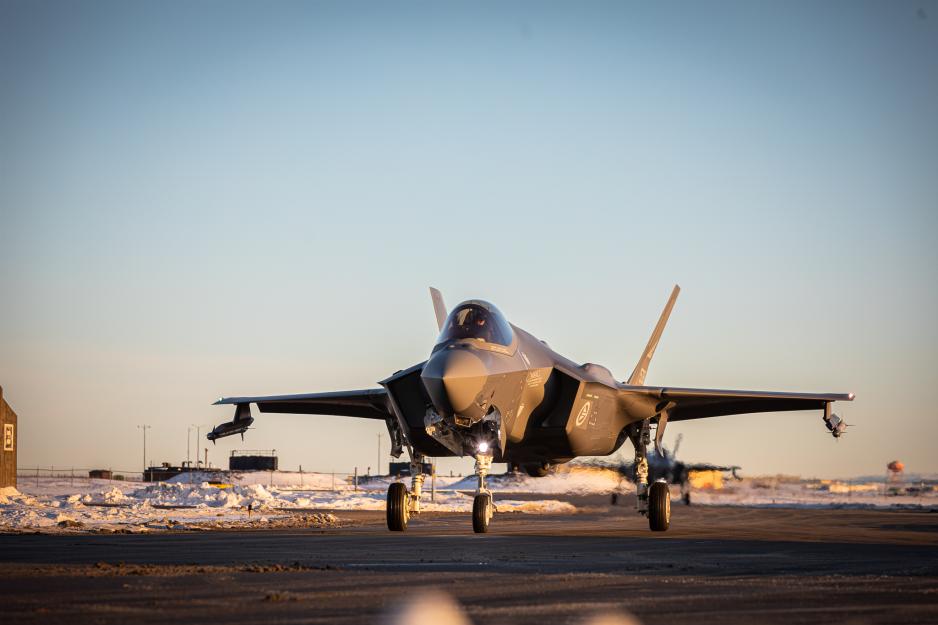
A Norwegian F-35 fighter in Iceland this winter to solve the NATO Iceland Air Policing mission. (Photo: Ole Andreas Vekve/the Norwegian Armed Forces)
Further contribution to Iceland mission
On Tuesday, Gram also announced that Norway would contribute to the NATO-led mission of periodic fighter plane preparedness and surveillance of Icelandic airspace next year.
Iceland receives this allied support as the country does not have its own military forces.
"This is an important mission to show that allies stand together. Norway will contribute about the same way as this year, with a smaller amount of aircraft in the first half of 2024, says the MoD.
Gram and his Nordic colleagues visited Keflavík Air Base on the aforementioned day, from which the preparedness and patrolling are launched. So far, Norway has carried out IAP missions in 2023, 2021, and 2020.
Incidentally, Iceland is hosting a Nordic-Canadian summit from Sunday within the Nordic Council framework.
Also read
This article was originally published in Norwegian and has been translated by Birgitte Annie Molid Martinussen.


